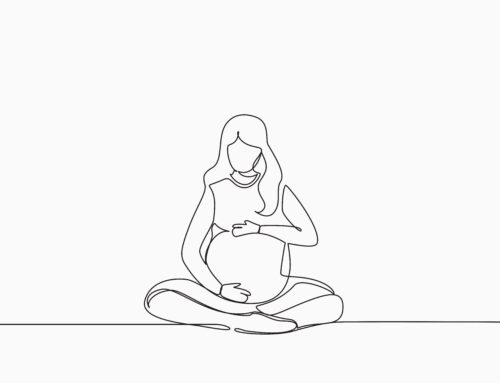If you don’t want to conceive after giving birth, it’s best to consult your doctor about contraceptive options. You don’t want to wait too long after delivery to consider if birth control is right for you at that time. You will be better equipped to already have a plan of action in place, so there is less to worry about. Most contraceptives release synthetic hormones used to suppress ovulation, thin the uterus lining, and thicken cervical mucus. All of which, helps to prevent pregnancy. A thin uterus lining prevents an egg from attaching to the uterine wall. While thicker cervical mucus blocks the sperm from reaching the egg.
Most contraceptives release the hormone estrogen, progestin, or both. If using a birth control that contains estrogen you must wait at least 4 weeks after delivery to start using this method. This hormone may increase your risk for blood clots during the early postpartum weeks. Estrogen may also reduce the quality and quantity of breast milk. If you are a nursing mother, estrogen based contraceptives are not recommended. Use progestin-only birth control if you plan on breastfeeding. The hormone progestin does not have an impact on breast milk quality or production. Down below is a list of birth control options for you to review. You will find which hormone each one takes and if you can use it while breastfeeding.
1.) The Mini-Pill
The mini-pill contains a small amount of progestin, making it a suitable alternative for nursing mothers. Typically comes in a package of 28 pills. However, these pills must be taken at the same time every day.
2.) The Pill (Combination Birth Control Pill)
This pill contains both progestin and estrogen hormones. You can begin taking this method 3 weeks after childbirth and 6 weeks afterward if you are nursing. Most brands typically give you a 28-day pack. You will take the hormone pills for 21 days and a reminder pill for 7 days. The reminder pill does not contain any hormones. Yet, you are still protected from pregnancy during that 7-day period. You must take this pill daily, but it does not have to be taken at the same time every day as the mini-pill mentioned above.
3.) The Patch
The patch is a beige square that is applied to the skin like an adhesive bandage. It releases a continuous combination of estrogen and progestin. You wear the patch for a week and then put on a new one. You’ll do this for 3 weeks and then you won’t wear it at all for the 4th week. Depending on your doctor, you may have to wait 3 weeks after giving childbirth. If you are nursing, you may have to wait 6 weeks.
4.) The Ring
This is a small plastic ring that you insert into the vagina once a month for 3 weeks. After 3 weeks, you’ll remove the ring until the following week. This method releases both estrogen and progestin, so it is not recommended for nursing mothers immediately after childbirth.
5.) Injectable Birth Control
Commonly known as the Depo-Shot. It delivers a dose of progestin only. This won’t interfere with breast milk production making it okay for breastfeeding mothers. It lasts for 3 months once it’s injected. You’ll only need 4 shots a year. If remembering to take a pill every day isn’t for you, this might be a better option. If you make your appointments for your next shot ahead of time, you’ll never miss a shot.
6.) Implantable Rod
This is a small flexible rod that delivers a synthetic progesterone hormone into the bloodstream. It’s inserted under the skin on the inner part of the upper arm. It lasts up to 3 years making it a good alternative if you aren’t too sure about getting an IUD. It’s also okay for nursing mothers to use.
7.) IUD (Intrauterine Devices)
An IUD is a small T-shaped device made of flexible plastic inserted into the uterus. An IUD can be used immediately after delivery, depending your condition. Some doctors may wait until you heal and stop postpartum bleeding. This could be anywhere from 2-6 weeks. Placing an IUD into the uterus too soon can cause the IUD to be dislodged. It also increases your risk of infection.
There is a copper IUD and a hormonal IUD. The copper IUD provides up to 10 years of protection. It uses a small amount of copper to interfere with sperm movement. This is the only non-hormonal IUD available. The copper IUD may cause your periods to be longer and heavier. Some women reported more cramping during their periods while using the copper IUD. The hormonal IUD contains only progestin and lasts up to 5 years. It may cause lighter periods or stop your period altogether.
If you’re not ready to conceive so soon after delivery one of these options may be for you. Consult your doctor if you have any questions and to figure out what’s best for you. Your doctor can go into detail about the methods above.




